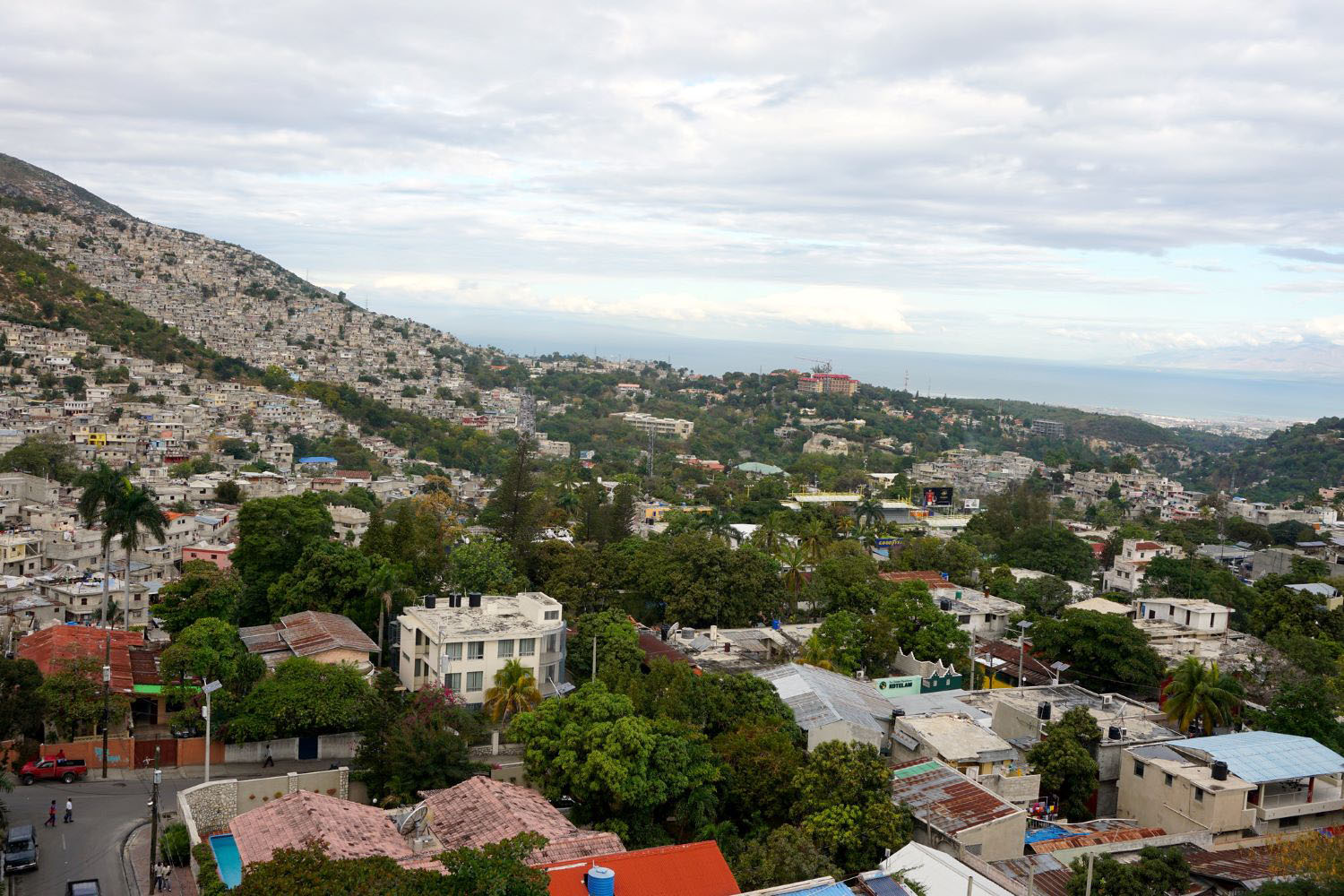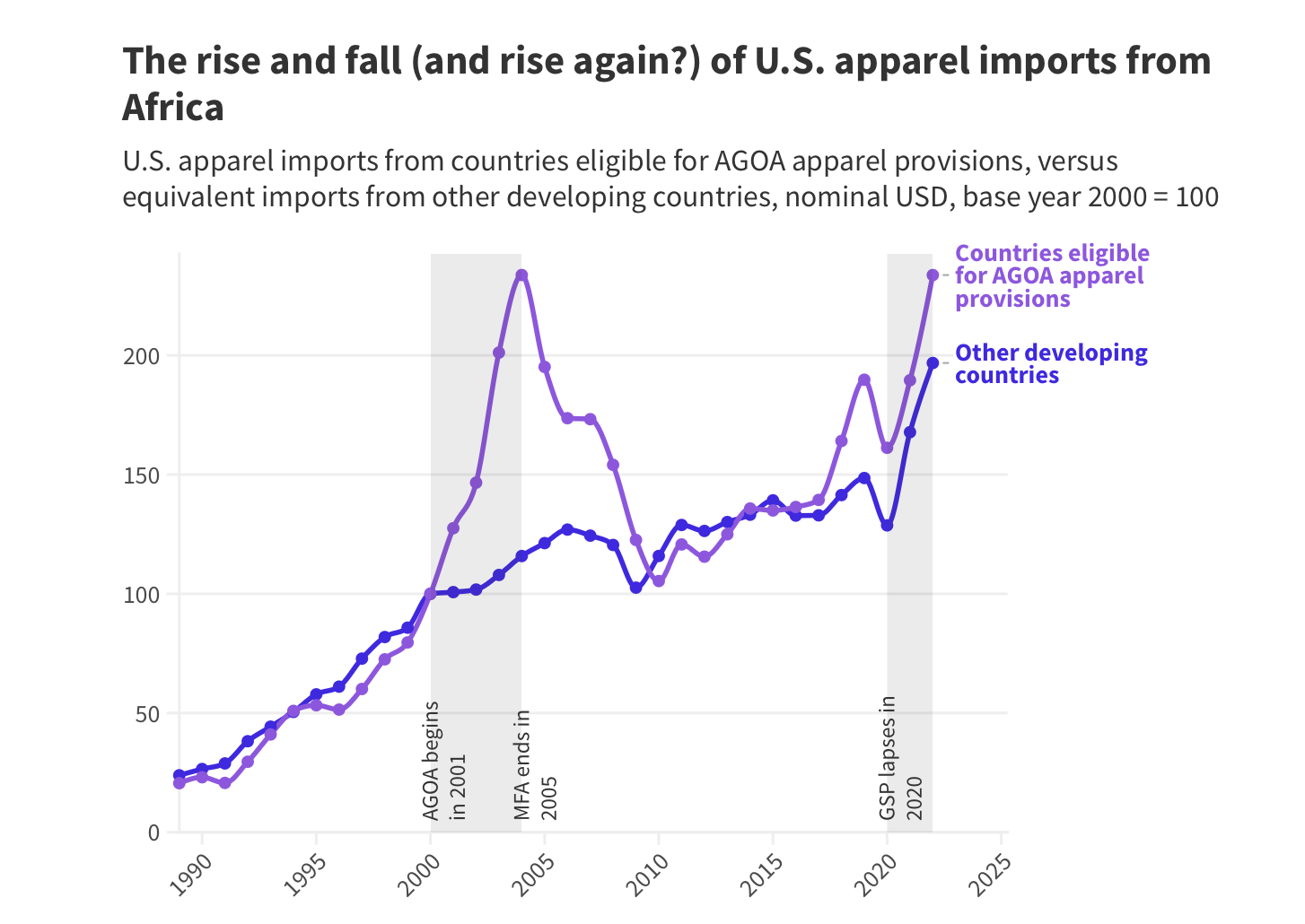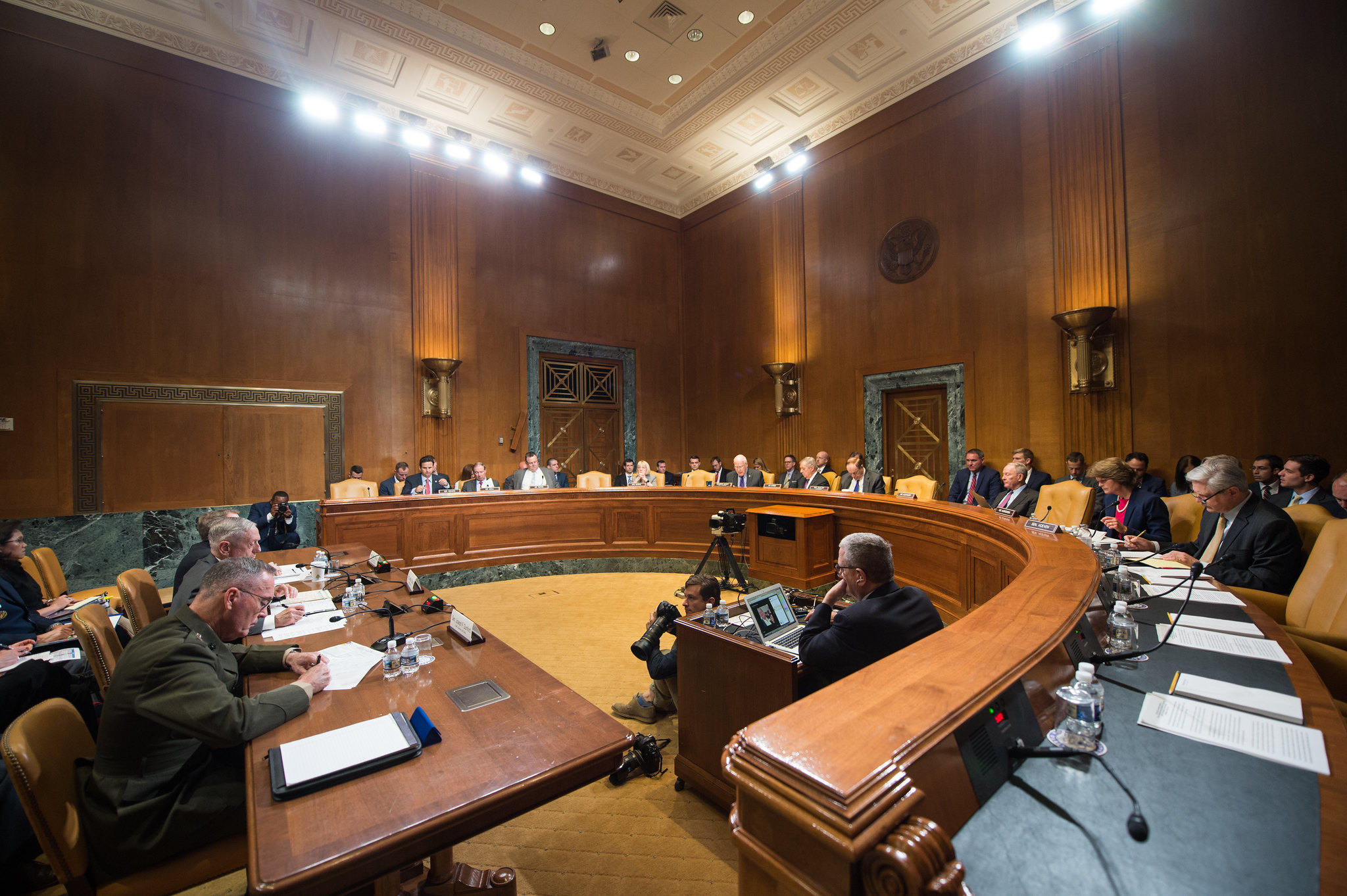Recommended
The next pandemic is a matter of when, not if. Preparing for this inevitability requires that policymakers understand not just the science of limiting disease transmission or engineering a drug, but also the practical challenges of expanding a response strategy to a regional or global level. Achieving success at such scales is largely an issue of operational, strategic, and policy choices—areas of pandemic preparedness that remain underexplored.
The response to the 2014–2015 Ebola outbreak in West Africa illuminates these challenges and highlights steps toward better preparedness. The experiences of the US and UN policymakers who were forced to construct an unprecedented response in real time offer valuable lessons around four major policy challenges: operationalizing US government response, balancing the politics and science of travel restrictions, defining the role of a reluctant military, and coordinating complex international partnerships.
Design of the Ebola Response
The process of adjusting the Ebola response to a suitable scale was slow and reactive. The United States did not deploy an augmented disaster response team until several months after transmission had started to dramatically accelerate, and it did not deploy military assets until more than another month after that. The UN was similarly slow in announcing an enhanced response. These delays afforded the disease an enormous head start, greatly complicating the task of containing it. Even when the US and UN expanded their efforts, there was little understanding of what strategies and structures would prove most useful.
The US government and UN system should invest and engage in advance planning across several major operational elements:
-
Trigger indicators. Mechanism are needed for systematically monitoring and assessing the adequacy of an outbreak response operation relative to the trajectory of an outbreak, and tying this to thresholds at which an elevated response would be triggered. Indicators might include mass infections of health workers, accelerating spread of a disease with no available medical countermeasures, inability to trace and monitor contacts of infected people, severe disruptions to in situ health systems, or major impacts on economic and political stability.
-
Strategic shifts. There is an urgent need for more rigorous planning across different disease scenarios to determine how containment strategies must change at different scales of transmission. Some tactics that work on a modest scale may be amenable to rapid expansion, but others will hit bottlenecks as logistical challenges and personnel limitations assert themselves. The Ebola experience suggests strongly that behavioral interventions may prove more rapidly scalable than medical interventions, which tend to be more labor-intensive and logistically burdensome.
-
Operational composition. Different strategies and scales will also require different response actors, including not only public health and medical experts, but also logistics, humanitarian relief, and behavioral mass communications experts. Particularly large or complex responses may require military as well as political and diplomatic involvement. The breadth of these players and their roles remain poorly defined, and their professional communities are siloed. Diverse actors’ potential response roles must be better articulated and tied to training, exercises, and cross-institutional relationship building.
-
Leadership structures and competencies. As strategy shifts and operational composition expands, the type of leadership required to effectively manage the response changes as well. A complex response operation will entail multiple areas of expertise—medical, logistical, behavioral, political—that no single person will possess. An effective leader will need process management expertise and political savvy, while leaning on a team with a range of expertise. Given this diversity of players, leaders will need to focus on aligning and enabling the component parts of the response without second-guessing their respective areas of expertise. Structural choices matter as well: constructing a new leadership institution in real time, as the UN attempted to do for Ebola, is likely to be less effective than the US government’s approach of iterating from existing systems and relationships.
Mobilizing the US Government Response
Ebola laid bare the inadequacies in US government preparedness to manage a major global outbreak. The structures for managing the international and domestic elements of a disease threat proved to be disconnected, with inconsistent authorities, inadequate contingency planning, and insufficiently nimble resources.
To enhance US preparedness for a major pandemic emergency, the US government should:
-
Develop an International Response Framework to outline the leadership systems, authorities, and interagency roles that would be applied in pandemic and other emergency scenarios. Such a framework could play a role analogous to the existing National Response Framework that guides the government’s approach to domestic disasters.
-
Maintain a robust outbreak contingency fund to ensure that the government’s response to dangerous outbreaks is not yoked to the pace of congressional appropriation. New reserve funds appropriated by Congress in the years since the outbreak are a step in the right direction but remain insufficient.
-
Harmonize domestic and international engagement to ensure that international response priorities do not overshadow domestic readiness, or vice versa. Diseases do not recognize borders, and a bifurcated approach to pandemic response and preparedness will impede the impact of US efforts.
-
Invest in relationships. US effectiveness in a pandemic emergency will depend on strong partnerships between parts of the government that rarely work together. An International Response Framework could map those partnerships but making such a plan work in an emergency depends on the depth of relationships and trust between those institutions and their leaders. Cultivating relationships will require regular exercises, joint training, and staff exchanges.
Travel Controls
Travel restrictions were a major political preoccupation for the US government during the Ebola response and would be the subject of intense political pressure in a future pandemic. They pose a delicate challenge to policymakers. Controls that are perceived as inadequate may spark a political backlash and thus fail to protect the homeland, regardless of their actual merit. Controls that are overly onerous may satisfy political pressure but could disrupt response efforts and magnify disruptions to trade and human mobility.
In considering travel control, policymakers should:
-
Keep disruption to a minimum. Travel and border controls can harm both the country implementing them and the global response effort. Calls to ban the return of Ebola health workers to the US threatened to derail the delicate process of mobilizing the personnel needed to contain the outbreak at source. Travel bans can also discourage at-risk travelers from self-identifying, making it harder to monitor them post-arrival. Policymakers must find points of convergence between measures that satisfy popular political expectations, protect citizens, and minimize disruption to other national priorities.
-
Establish federal solutions early on. Early inaction by the federal government on travel controls led to growing calls for draconian measures such as banning all travel from the Ebola-affected West African countries. It also spurred individual US states to begin implementing their own policies in an uncoordinated manner that risked undermining the international control effort. Research is needed to explore the protective impact of different travel and border restrictions for varying disease scenarios. The federal government should use such evidence to construct tailored strategies for managing travel risks early in a major outbreak, to avoid counterproductive state measures.
-
Accept—and manage—political risk. Sensible travel and border measures should balance the imperatives of providing meaningful protection with those of minimizing negative externalities. Maintaining political space for this requires a tolerance of political risk. During the Ebola response, presidential leadership proved critical to enabling a solution that appropriately threaded the needle. Policymakers addressing a pandemic emergency will need to focus as much (if not more) on managing the public and political messaging around travel restrictions as they put toward identifying the right substantive solution. A solution that has substantive merit but lacks political support is unlikely to prove sustainable.
The Military’s Role
The Pentagon’s role on Ebola was robust yet reticent. The uniformed military was uneasy about taking on a mission with such novel force protection risks—a concern strongly reinforced by vocal skepticism from Congress and military families. Concerns about mission creep also loomed large. The Pentagon sought to manage these concerns by placing clear parameters—or “red lines”—on the military’s involvement, but a lack of policy guidance on how to put these red lines into practice, combined with a convoluted decision-making process between troops in the field and Department of Defense (DoD) leaders in Washington, contributed to significant friction and delays. Misunderstandings and differing expectations between DoD, the White House, USAID, and the Centers for Disease Control and Prevention (CDC) further complicated the military’s involvement.
To ensure smoother and faster delivery by DoD in future crises, DoD and its interagency partners should:
-
Proactively catalog relevant functions and develop accompanying contingency plans. Relevant response capacities existed in many parts of the DoD, but few people inside or outside of the Pentagon understood them all. Miscommunication aggravated interagency tensions: the National Security Council and CDC sought a menu of functions DoD could provide, but DoD felt it could not provide such a menu without a clearer articulation of what it was being asked to do. DoD should work with interagency partners to anticipate the functions it might be asked to play in a future pandemic event. It should work from this catalog of functions to initiate earlier internal contingency planning in future events with potential for major transmission.
-
Develop and enshrine policy guidance. Producing new policy guidance on the implementation of DoD’s red lines proved cumbersome and limited DoD’s agility. Tied to the process of envisioning future DoD roles in pandemic contingencies, DoD should formalize existing policy lessons and address remaining policy gaps related to scoping its involvement in future outbreak responses.
-
Refrain from putting the military in charge. In a major pandemic, there may be a political impulse to place DoD in the lead federal role. This would be a mistake. While DoD has enormous capacity, it lacks the organizational expertise and systems to effectively lead such a mission. Public health is a peripheral capacity for DoD, and its force protection requirements would hamper its ability to effectively lead a disease response operation. Furthermore, militarizing a US outbreak response would bring significant baggage to international engagement efforts.
Effective International Partnership
The UN system struggled mightily to adapt itself to the requirements of the Ebola outbreak. The bifurcation between the World Health Organization (WHO) and the UN’s humanitarian coordination structures left much of the UN’s capacity on the sidelines as the outbreak grew. The resultant leadership vacuum prompted the creation of the UN Mission for Emergency Ebola Response, or UNMEER, as an attempt to mobilize the full range of UN capabilities. UNMEER served some useful functions but ultimately proved ill suited to its role.
The question of how to configure multilateral operations at scale remains a critical weak point in preparedness for future pandemics. To address this shortcoming, the UN and member states should:
-
Invest in multilateral response capacity. There is no guarantee that wealthy Western countries would again deploy the overseas civilian and military resources they did for Ebola, nor that future source countries would welcome such a deployment. The sweeping emergency reforms at WHO and investments through the Global Health Security Agenda are paying dividends in preventing and managing more modest disease events. But the issue of how to configure a mass-scale international outbreak partnership—one that goes beyond WHO’s in-house capacity to lead—remains unaddressed. WHO, its member states, and the new Global Preparedness Monitoring Board should urgently seek to fill this gap.
-
Construct scale-appropriate leadership structures. The decision to construct UNMEER on the command-and-control model of a peacekeeping mission proved cumbersome at a moment when speed and agility were at a premium. But some elements of UNMEER—such as the designation of an empowered leader with the authority to integrate a wide range of relevant UN functions—would prove useful in future events. Instead of a heavy-footprint, unity-of-command approach, the UN could borrow lessons from the United States’ Ebola czar structure: construct a light bureaucratic footprint, but with broad leadership authority to facilitate unity-of-effort across disparate UN agencies and functions.
-
Develop global interoperability standards. A truly global response will need to integrate capabilities from a diverse range of states, multilateral agencies, and NGOs. Yet even on the comparatively modest scale of the Ebola response, there were enormous challenges with cohering these capacities into an operationally functional whole. These challenges reflect the absence in outbreak response of the type of standardization and certification processes that exist in other sectors. In the face of similar challenges, the international search-and-rescue community, emergency trauma medical teams, and NATO have all developed models for mobilizing interoperable capacities among diverse international actors. WHO and key member states should apply lessons from these precedents to outbreak response planning. Initial steps should include elaborating common policies, operational standards, deployment mechanisms, and capacity baselines for large-scale outbreak responses that involve national-level civilian and military capacities.
This brief is based on a report that draws on interviews with 19 US and UN policymakers, a desk review of after-action reports, and the author’s experiences leading the Ebola response efforts of USAID. Read the full report here.
Rights & Permissions
You may use and disseminate CGD’s publications under these conditions.






